With over 6 million viewers in the U.S. alone, the TV series Vikings is an undeniably famous Viking show that has made Norse warriors cool again, putting axes and berserkers back in pop culture’s spotlight. But with all the action, drama, and brooding monologues, you might start to wonder, how much of this reflects real events from history?
And how much is just made-for-TV fiction?
From Ragnar’s dramatic rise to power to blood-soaked rituals and fearless shieldmaidens, the series blends known facts with mythology and imagination. And to be fair, it’s not pretending to be a documentary or an educational series.
But it does introduce a lot of viewers to Norse history for the first time, which makes it worth comparing to actual records.
So, in this article, we break down some of the biggest elements from the show. Let’s compare characters, customs, and key plot points with actual Viking history—and see where fact meets fiction.
Ragnar Lothbrok: Warrior, Legend… or Both?
In the show, Ragnar Lothbrok is the ultimate Norse hero. He’s a farmer-turned-warrior who raids England, becomes king, and changes Viking history forever. The character has charisma, complexity, and a habit of making brutal warfare look strangely poetic.

But does he line up with the historical record?
Here’s the twist: Ragnar may never have existed—not in the way we know him from the screen.
Most historians believe Ragnar is a legendary figure, possibly inspired by several real Vikings like Reginherus (who attacked Paris in 845) and others mentioned in Norse sagas. There’s no hard evidence linking all these exploits to one man. He’s more folklore than fact.
The sagas, especially The Tale of Ragnar’s Sons, portray him as a larger-than-life hero with divine favor and impossible victories. But sagas are oral stories written centuries later. Historians see them as colorful but unreliable sources.
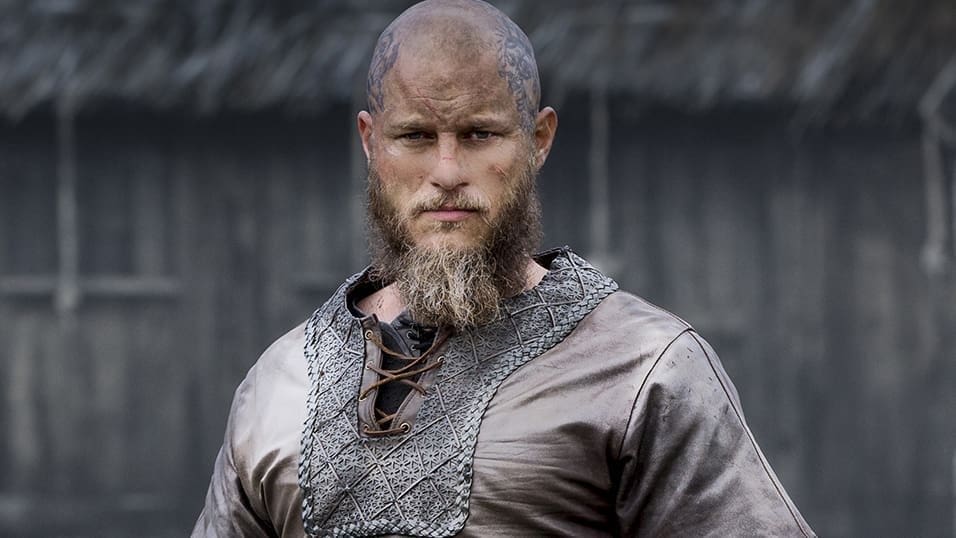
So is Ragnar real? Sort of.
He represents the Viking archetype, and the show properly represented that: fierce, clever, and restless. But as a historical figure, he’s more of a composite sketch.
Lagertha and the Shieldmaidens: Were There Female Viking Warriors?
This Viking show also showcases female warriors. More specifically, it gives us Lagertha, Ragnar’s equally deadly and independent wife. According to the chronicler Saxo, she’s a “shieldmaiden”, a female warrior fighting beside men.
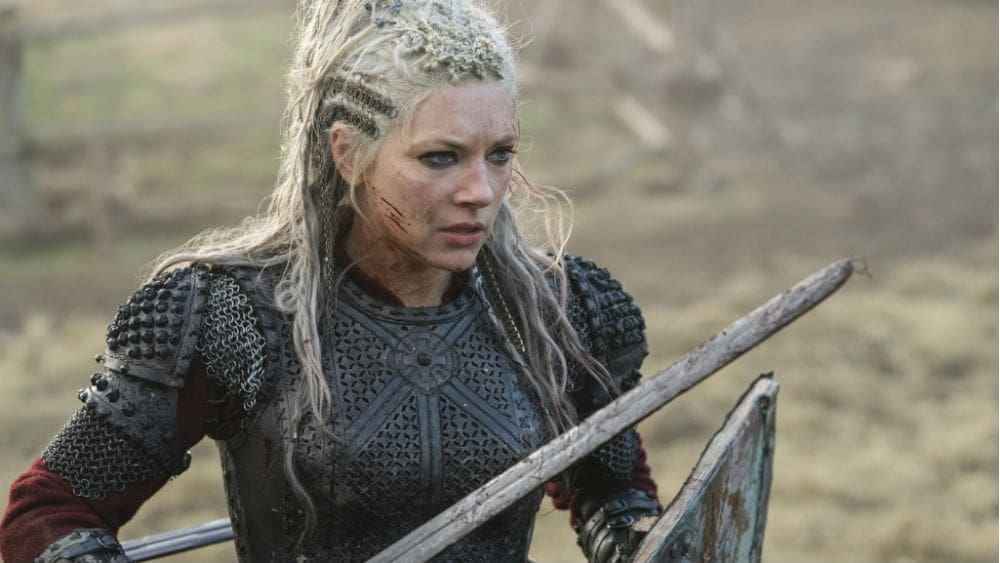
But did shieldmaidens really exist?
Some evidence suggests women may have fought in battle. One famous example is the Birka burial site in Sweden, where a skeleton was found buried with weapons and signs of high status—possibly a warrior. A 2017 osteological study confirmed that the remains were those of a female.

Some scholars argue that shieldmaidens were rare, symbolic, or more myth than norm. But others believe women may have joined raiding parties or defended homesteads when needed.
In short, female warriors weren’t the norm, but they weren’t impossible either.
While the show amplifies the idea for dramatic effect, the whole “female warriors” is still rooted in intriguing (if contested) possibilities. Lagertha may not be typical—but she’s not totally made up either.
Are the Religion and Rituals Accurate in This Viking Show?
The spiritual side of the Viking show is intense.
We see sacrifices, visions, Seers in smoky temples, and frequent talks of Valhalla and Odin. But how closely does this reflect real Norse religious practice? Let’s just say it’s a mixed bag.
Vikings were deeply religious, and Norse mythology was central to their worldview.
They believed in gods like Thor, Odin, and Freyja, and lived by a code that valued bravery, honor, and reputation. The concept of Valhalla—an afterlife for fallen warriors—was real to them. That part of the show is well-grounded.

Furthermore, human sacrifices were practiced by the Vikings. Archaeologists discovered a pre-Viking fortress sacrificial site at Trelleborg, where five deep wells held human and animal skeletons, jewelry, and tools.
Among the human sacrifices were four young children aged 4 to 7. The Vikings likely chose wells due to their symbolic importance—Odin himself sacrificed an eye to gain wisdom from Mímir’s well.
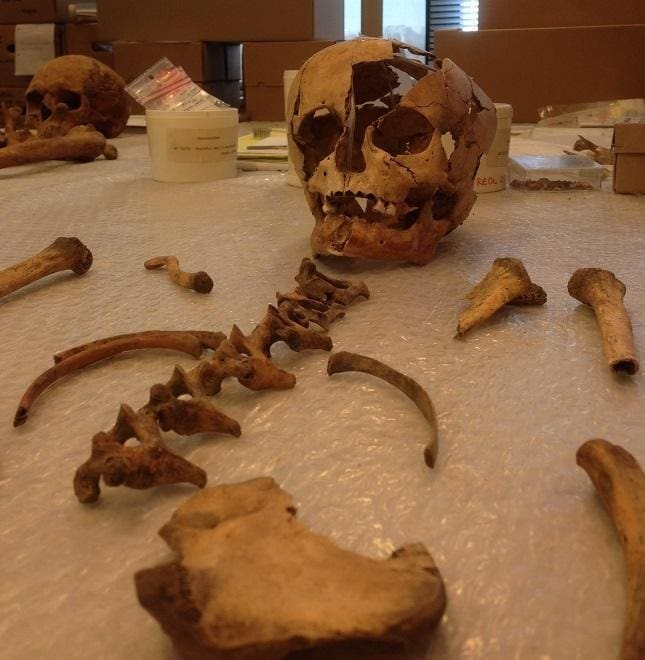
But some rituals, like the infamous “Blood Eagle,” are likely exaggerated or misinterpreted. There’s limited evidence that it was ever performed. Descriptions come from later Christian sources that may have been trying to make Norse practices sound barbaric.
The TV show probably threw in this brutal bit for extra drama—and let’s be honest, to delight all you gore-loving weirdos out there. No judgment, though! (Okay, maybe just a little).
The Raids and Exploration: Real Violence, Real Reach
Now here’s where the show gets a lot right. The Viking raids? Totally real.
The attack on Lindisfarne in 793 AD marked the beginning of the Viking Age—and it shocked the Christian world. The show’s portrayal of violent, fast-moving raids is fairly accurate, even if timelines get blurred.
The Vikings weren’t just about pillaging. They were traders, explorers, and settlers. The series hints at their far-reaching travels, but history shows they went even farther.
Vikings reached the Mediterranean, traveled deep into Russia, and even landed in North America—centuries before Columbus.
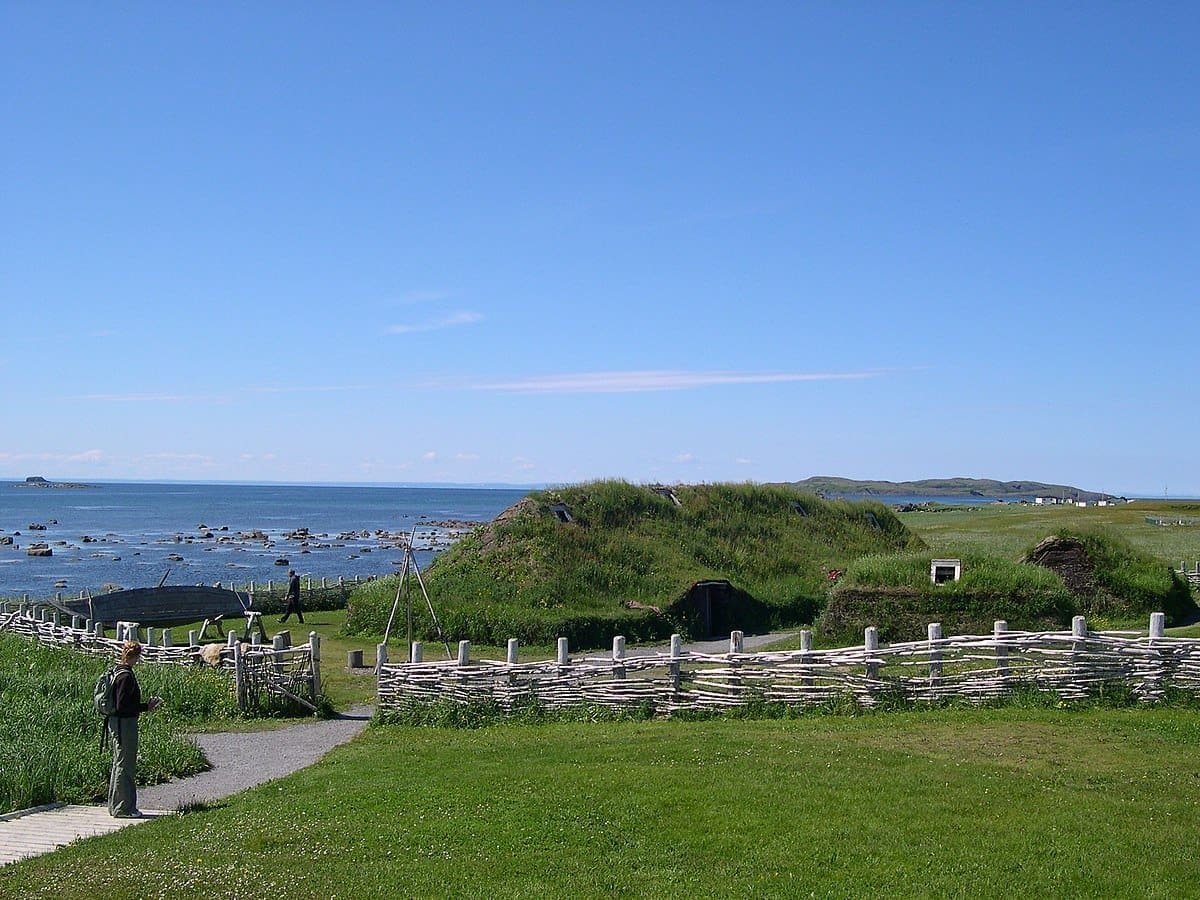
However, the show often compresses years of events into a few episodes.
Raids that happened decades apart are shown happening back-to-back. Characters are present at historical events they likely never witnessed. It’s good storytelling, but it bends the clock quite a bit.
The Verdict: Heavily Embellished Drama Based on Real Events
The Viking show doesn’t pretend to be a history textbook, but it’s not pure fiction either. It mixes saga lore, partial truths, and historical speculation into something wildly entertaining. And for many, it’s a first step into learning about Norse culture and early medieval Europe.
What the show exaggerates in violence or plot, it sometimes redeems with its atmosphere and world-building.
So while Vikings isn’t a documentary, it’s a compelling invitation to dive deeper into the lives of these great navigators who shaped history through conquest, exploration, and myth.
SOURCES:
https://news.yale.edu/2013/03/08/vikings-yale-historian-looks-myths-vs-history
https://www.history.co.uk/article/did-viking-shield-maidens-really-exist
https://www.history.com/articles/dna-proves-viking-women-were-powerful-warriors
https://www.english-heritage.org.uk/visit/places/lindisfarne-priory/History/viking-raid
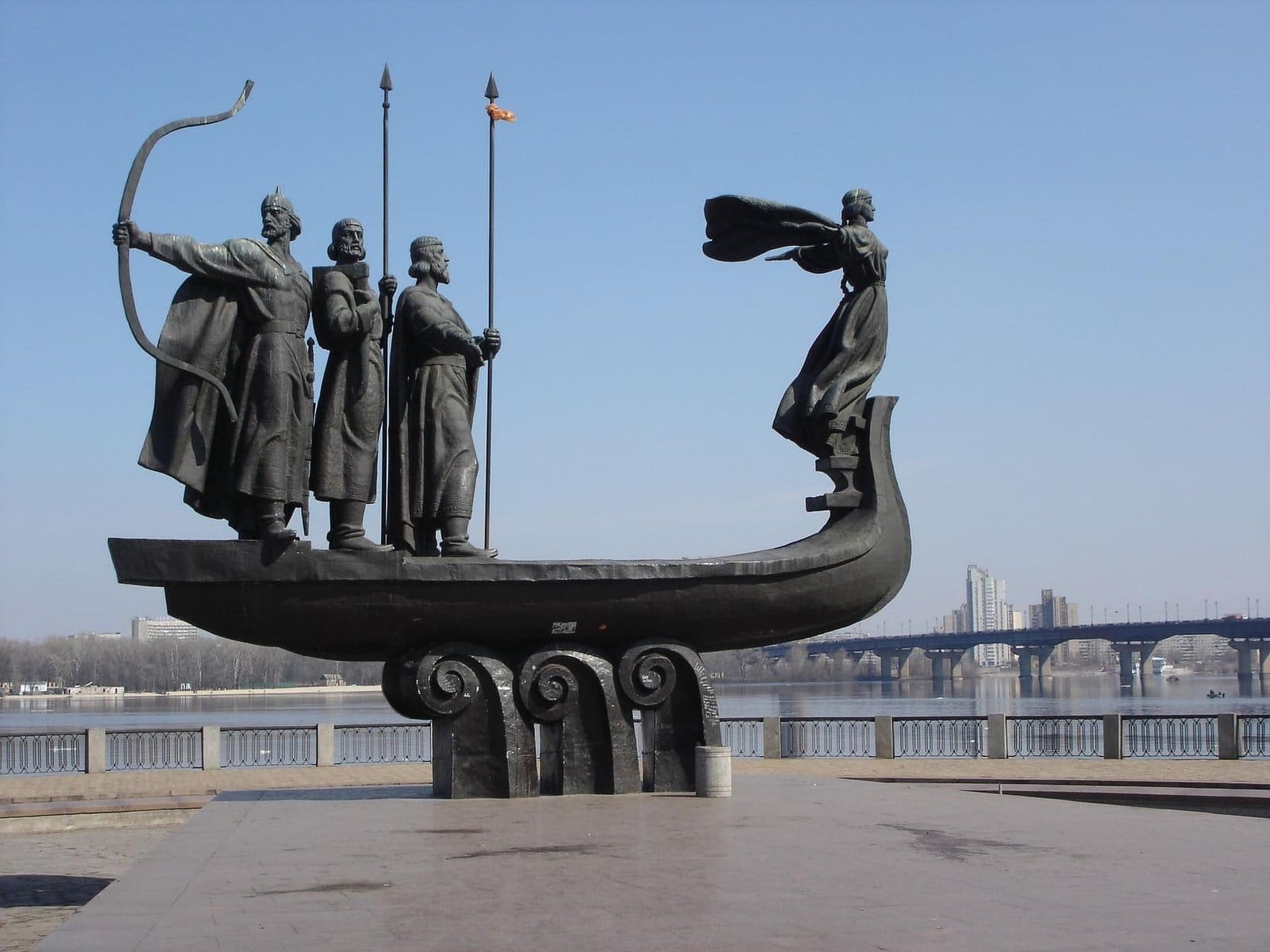




0 Comments